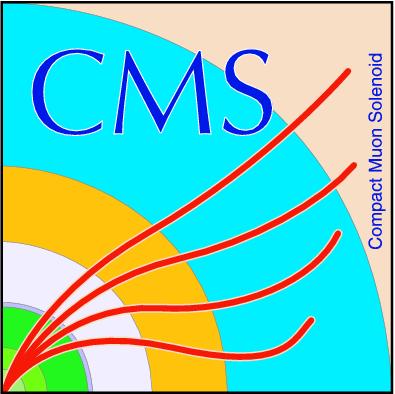

Compact Muon Solenoid
LHC, CERN
| CMS-PAS-HIN-24-006 | ||
| Azimuthal anisotropy of prompt $ \mathrm{D}_\mathrm{s}^{\pm} $ mesons in PbPb collisions at $ \sqrt{\smash[b]{s_{_{\mathrm{NN}}}}} = $ 5.02 TeV | ||
| CMS Collaboration | ||
| 6 April 2025 | ||
| Abstract: The azimuthal anisotropy of prompt $ \mathrm{D}_\mathrm{s}^{\pm} $ mesons in lead-lead collisions at a nucleon-nucleon center-of-mass energy of 5.02 TeV is measured using data obtained with the CMS detector. The dataset corresponds to an integrated luminosity of 0.58 nb$^{-1}$. The $ v_2 $ and $ v_3 $ Fourier coefficients are studied as a function of the $ \mathrm{D}_\mathrm{s}^{\pm} $ transverse momentum ($ p_\mathrm{T} $). The $ v_2 $ coefficient is determined in the range 4 $ < p_\mathrm{T} < $ 40 GeV/$c$ for three event centrality ranges, while the $ v_3 $ coefficient is measured in the range 4 $ < p_\mathrm{T} < $ 20 GeV/$c$ for one event centrality range. The results align with those observed for $ \mathrm{D}^{0} $ mesons, suggesting that the inclusion of a strange quark in the $ \mathrm{D}_\mathrm{s}^{\pm} $ meson has a minimal impact on the flow coefficients when these are compared to the non-strange $ \mathrm{D}^{0} $ meson within the measured $ p_\mathrm{T} $ range of the analysis. | ||
| Links: CDS record (PDF) ; CADI line (restricted) ; | ||
| Figures | |

png pdf |
Figure 1:
The elliptic flow ($ v_2 $) and triangular flow ($ v_3 $) extracted from the fit to the $ m_\mathrm{inv} $ distribution for the centrality 10-30% and 6 $ < p_{\mathrm{T}} < $ 8 GeV/$c$. |
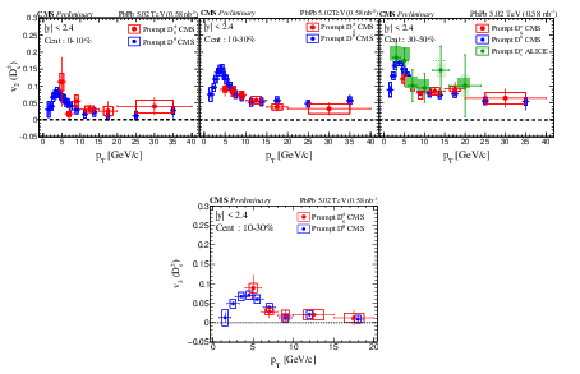
png pdf |
Figure 2:
The elliptic, $ v_{2} $ (upper panel), and the triangular, $ v_{3} $ (lower panel), flow coefficients for prompt $ \mathrm{D}_{s}^{\pm} $ and prompt $ \mathrm{D^0} $ (from Ref. [16]) as functions of $ p_{\mathrm{T}} $ and in different bins of centrality. The bars and the boxes represent statistical and systematic uncertainties, respectively.The hatched area shown on top of the ALICE $ v_{2} $ results in the 30-50% centrality bin represents the contribution to the systematic uncertainty of the non-prompt contribution. |

png pdf |
Figure 2-a:
The elliptic, $ v_{2} $ (upper panel), and the triangular, $ v_{3} $ (lower panel), flow coefficients for prompt $ \mathrm{D}_{s}^{\pm} $ and prompt $ \mathrm{D^0} $ (from Ref. [16]) as functions of $ p_{\mathrm{T}} $ and in different bins of centrality. The bars and the boxes represent statistical and systematic uncertainties, respectively.The hatched area shown on top of the ALICE $ v_{2} $ results in the 30-50% centrality bin represents the contribution to the systematic uncertainty of the non-prompt contribution. |
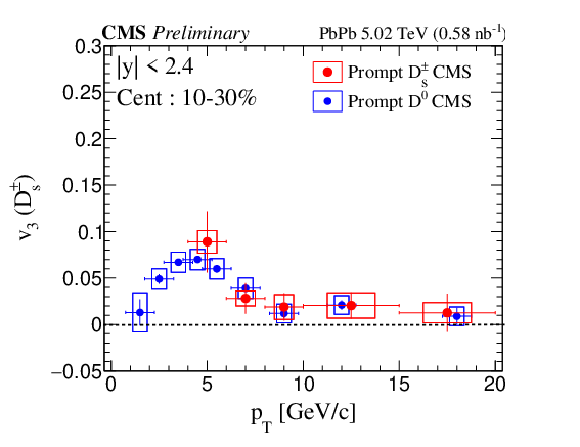
png pdf |
Figure 2-b:
The elliptic, $ v_{2} $ (upper panel), and the triangular, $ v_{3} $ (lower panel), flow coefficients for prompt $ \mathrm{D}_{s}^{\pm} $ and prompt $ \mathrm{D^0} $ (from Ref. [16]) as functions of $ p_{\mathrm{T}} $ and in different bins of centrality. The bars and the boxes represent statistical and systematic uncertainties, respectively.The hatched area shown on top of the ALICE $ v_{2} $ results in the 30-50% centrality bin represents the contribution to the systematic uncertainty of the non-prompt contribution. |
| Summary |
| In summary, the elliptic flow $ v_{2} $ and triangular flow $ v_{3} $ coefficients for prompt $ \mathrm{D}_{s}^{\pm} $ mesons in PbPb collisions at a nucleon-nucleon center-of-mass energy of 5.02 TeV have been measured using the CMS detector at the CERN LHC. The $ v_{2} $ results for transverse momenta in the range 4 $ < p_{\mathrm{T}} < $ 40 GeV/$c$ are presented in three centrality ranges corresponding to central, mid-central, and peripheral collisions, while the $ v_{3} $ results for transverse momenta in the range 4 $ < p_{\mathrm{T}} < $ 20 GeV/$c$ are presented for mid-central collisions, exploring the full rapidity coverage of the CMS detector. The high precision $ v_{2} $ results exhibit a strong centrality and transverse momentum dependence. A non-zero $ v_{3} $ coefficient is also observed for 4 $ < p_{\mathrm{T}} < $ 10 GeV/$c$, suggesting the influence of initial state geometry fluctuations. The consistency of Fourier coefficients between $ \mathrm{D}_{s}^{\pm} $ and $ \mathrm{D^0} $ mesons suggests that the strangeness content of the $ \mathrm{D}_{s}^{\pm} $ meson does not strongly interact with the enhanced strange quark abundance in the QGP, resulting in no substantial effect on the $ v_{2} $ and $ v_{3} $ measurements across the measured $ p_{\mathrm{T}} $ range. |
| References | ||||
| 1 | BRAHMS Collaboration | Quark-gluon plasma and color glass condensate at RHIC? The perspective from the BRAHMS experiment | Nucl. Phys. A 757 (2005) 1 | nucl-ex/0410020 |
| 2 | PHOBOS Collaboration | The PHOBOS perspective on discoveries at RHIC | Nucl. Phys. A 757 (2005) 28 | nucl-ex/0410022 |
| 3 | STAR Collaboration | Experimental and theoretical challenges in the search for the quark-gluon plasma: the STAR Collaboration's critical assessment of the evidence from RHIC collisions | Nucl. Phys. A 757 (2005) 102 | nucl-ex/0501009 |
| 4 | PHENIX Collaboration | Formation of dense partonic matter in relativistic nucleus-nucleus collisions at RHIC: experimental evaluation by the PHENIX Collaboration | Nucl. Phys. A 757 (2005) 184 | nucl-ex/0410003 |
| 5 | J.-Y. Ollitrault | Anisotropy as a signature of transverse collective flow | PRD 46 (1992) 229 | |
| 6 | U. Heinz and R. Snellings | Collective flow and viscosity in relativistic heavy-ion collisions | Ann. Rev. Nucl. Part. Sci. 63 (2013) 123 | 1301.2826 |
| 7 | C. Gale, S. Jeon, and B. Schenke | Hydrodynamic modeling of heavy-ion collisions | Int. J. Mod. Phys. A 28 (2013) 1340011 | 1301.5893 |
| 8 | B. Alver and G. Roland | Collision-geometry fluctuations and triangular flow in heavy-ion collisions | Phys. Rev. C 81 (2010) 054905 | 1003.0194 |
| 9 | F. Prino and R. Rapp | Open heavy flavor in QCD matter and in nuclear collisions | JPG 43 (2016) 093002 | 1603.00529 |
| 10 | R. Rapp et al. | Extraction of heavy-flavor transport coefficients in QCD matter | Nucl. Phys. A 979 (2018) 21 | 1803.03824 |
| 11 | H. van Hees, V. Greco, and R. Rapp | Heavy-quark probes of the quark-gluon plasma and interpretation of recent data taken at the BNL Relativistic Heavy Ion Collider | Phys. Rev. C 73 (2006) 034913 | nucl-th/0508055 |
| 12 | M. Gyulassy, I. Vitev, and X.-N. Wang | High $ p_{\mathrm{T}} $ azimuthal asymmetry in noncentral $ A+A $ at RHIC | PRL 86 (2001) 2537 | nucl-th/0012092 |
| 13 | E. V. Shuryak | Azimuthal asymmetry at large $ p_{\mathrm{T}} $ seem to be too large for a pure ``jet quenching'' | Phys. Rev. C 66 (2002) 027902 | nucl-th/0112042 |
| 14 | ALICE Collaboration | D-meson azimuthal anisotropy in midcentral Pb-Pb collisions at $ \sqrt{\smash[b]{s_{_{\mathrm{NN}}}}} = $ 5.02 TeV | PRL 120 (2018) 102301 | 1707.01005 |
| 15 | CMS Collaboration | Measurement of prompt $ \mathrm{D^0} $ meson azimuthal anisotropy in Pb-Pb collisions at $ \sqrt{\smash[b]{s_{_{\mathrm{NN}}}}}= $ 5.02 TeV | PRL 120 (2018) 202301 | CMS-HIN-16-007 1708.03497 |
| 16 | CMS Collaboration | Measurement of prompt $ \mathrm{D}^0 $ and $ \overline{\mathrm{D}}^0 $ meson azimuthal anisotropy and search for strong electric fields in PbPb collisions at $ \sqrt{\smash[b]{s_{_{\mathrm{NN}}}}}= $ 5.02 TeV | PLB 816 (2021) 136253 | CMS-HIN-19-008 2009.12628 |
| 17 | ATLAS Collaboration | Measurement of azimuthal anisotropy of muons from charm and bottom hadrons in Pb+Pb collisions at $ \sqrt{\smash[b]{s_{_{\mathrm{NN}}}}} = $ 5.02 TeV with the ATLAS detector | PLB 807 (2020) 135595 | 2003.03565 |
| 18 | ALICE Collaboration | $ \mathrm{J}/\psi $ elliptic and triangular flow in Pb-Pb collisions at $ \sqrt{\smash[b]{s_{_{\mathrm{NN}}}}} = $ 5.02 TeV | JHEP 10 (2020) 141 | 2005.14518 |
| 19 | ALICE Collaboration | Transverse-momentum and event-shape dependence of D-meson flow harmonics in Pb-Pb collisions at $ \sqrt{\smash[b]{s_{_{\mathrm{NN}}}}} = $ 5.02 TeV | PLB 813 (2021) 136054 | 2005.11131 |
| 20 | CMS Collaboration | Probing charm quark dynamics via multiparticle correlations in PbPb collisions at $ \sqrt{\smash[b]{s_{_{\mathrm{NN}}}}} = $ 5.02 TeV | PRL 129 (2022) 022001 | CMS-HIN-20-001 2112.12236 |
| 21 | A. Tumasyan | Measurements of the azimuthal anisotropy of prompt and nonprompt charmonia in pbpb collisions at 5.02 tev | Technical report, Fermi National Accelerator Laboratory (FNAL), 2023 | |
| 22 | CMS Collaboration | The CMS experiment at the CERN LHC | JINST 03 (2008) S08004 | |
| 23 | CMS Collaboration | Performance of the CMS level-1 trigger in proton-proton collisions at $ \sqrt{s} = $ 13 TeV | JINST 15 (2020) P10017 | CMS-TRG-17-001 2006.10165 |
| 24 | CMS Collaboration | The CMS trigger system | JINST 12 (2017) P01020 | CMS-TRG-12-001 1609.02366 |
| 25 | CMS Collaboration | Electron and photon reconstruction and identification with the CMS experiment at the CERN LHC | JINST 16 (2021) P05014 | CMS-EGM-17-001 2012.06888 |
| 26 | CMS Collaboration | Performance of the CMS muon detector and muon reconstruction with proton-proton collisions at $ \sqrt{s}= $ 13 TeV | JINST 13 (2018) P06015 | CMS-MUO-16-001 1804.04528 |
| 27 | CMS Collaboration | Description and performance of track and primary-vertex reconstruction with the CMS tracker | JINST 9 (2014) P10009 | CMS-TRK-11-001 1405.6569 |
| 28 | CMS Collaboration | Precision luminosity measurement in proton-proton collisions at $ \sqrt{s}= $ 13 TeV in 2015 and 2016 at CMS | EPJC 81 (2021) 800 | CMS-LUM-17-003 2104.01927 |
| 29 | CMS Collaboration | CMS luminosity measurement using nucleus-nucleus collisions at $ \sqrt{\smash[b]{s_{_{\mathrm{NN}}}}}= $ 5.02 TeV in 2018 | CMS Physics Analysis Summary, 2022 CMS-PAS-LUM-18-001 |
CMS-PAS-LUM-18-001 |
| 30 | CMS Collaboration | Observation and studies of jet quenching in PbPb collisions at $ \sqrt{\smash[b]{s_{_{\mathrm{NN}}}}}= $ 2.76 TeV | Phys. Rev. C 84 (2011) 024906 | CMS-HIN-10-004 1102.1957 |
| 31 | T. Sjöstrand et al. | An introduction to PYTHIA 8.2 | Comput. Phys. Commun. 191 (2015) 159 | 1410.3012 |
| 32 | CMS Collaboration | Extraction and validation of a new set of CMS PYTHIA8 tunes from underlying-event measurements | EPJC 80 (2020) 4 | CMS-GEN-17-001 1903.12179 |
| 33 | D. J. Lange | The EVTGEN particle decay simulation package | NIM A 462 (2001) 152 | |
| 34 | I. P. Lokhtin and A. M. Snigirev | A model of jet quenching in ultrarelativistic heavy ion collisions and high-$ p_{\mathrm{T}} $ hadron spectra at RHIC | EPJC 45 (2006) 211 | hep-ph/0506189 |
| 35 | GEANT4 Collaboration | GEANT 4---a simulation toolkit | NIM A 506 (2003) 250 | |
| 36 | Particle Data Group Collaboration | Review of particle physics | Prog. Theor. Exp. Phys. 2022 (2022) 083C01 | |
| 37 | H. Voss, A. Höcker, J. Stelzer, and F. Tegenfeldt | TMVA, the toolkit for multivariate data analysis with ROOT | in XIth International Workshop on Advanced Computing and Analysis Techniques in Physics Research, 2007 link |
physics/0703039 |
| 38 | STAR Collaboration | Elliptic flow from two- and four-particle correlations in Au + Au collisions at $ \sqrt{\smash[b]{s_{_{\mathrm{NN}}}}} = $ 130 GeV | Phys. Rev. C 66 (2002) 034904 | nucl-ex/0206001 |
| 39 | A. M. Poskanzer and S. A. Voloshin | Methods for analyzing anisotropic flow in relativistic nuclear collisions | Phys. Rev. C 58 (1998) 1671 | nucl-ex/9805001 |
| 40 | NA49 Collaboration | Directed and elliptic flow of charged pions and protons in Pb+Pb collisions at 40A and 158A GeV | Phys. Rev. C 68 (2003) 034903 | nucl-ex/0303001 |
| 41 | S. Acharya and et al. | Measurement of prompt $ \mathrm{D}_{s}^{\pm} $ meson production and azimuthal anisotropy in Pb–Pb collisions at $ \sqrt{\smash[b]{s_{_{\mathrm{NN}}}}} = $ 5.02 TeV | PLB 827 (2022) 136986 | |

|
Compact Muon Solenoid LHC, CERN |

|
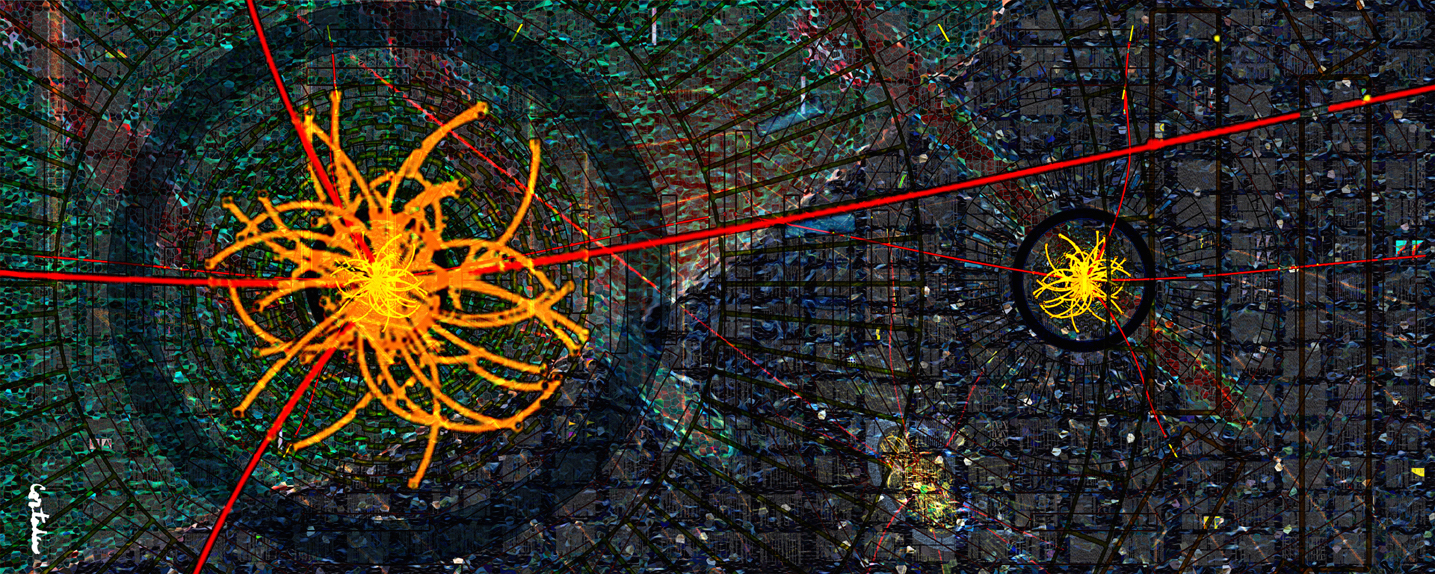
|
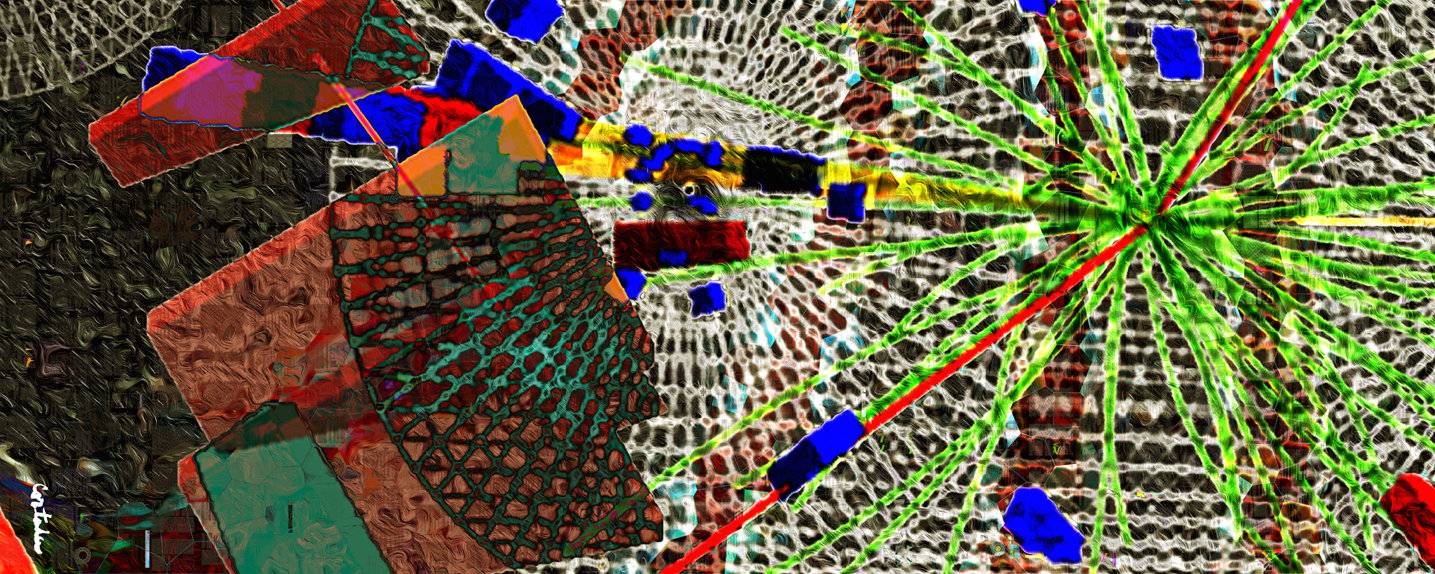
|
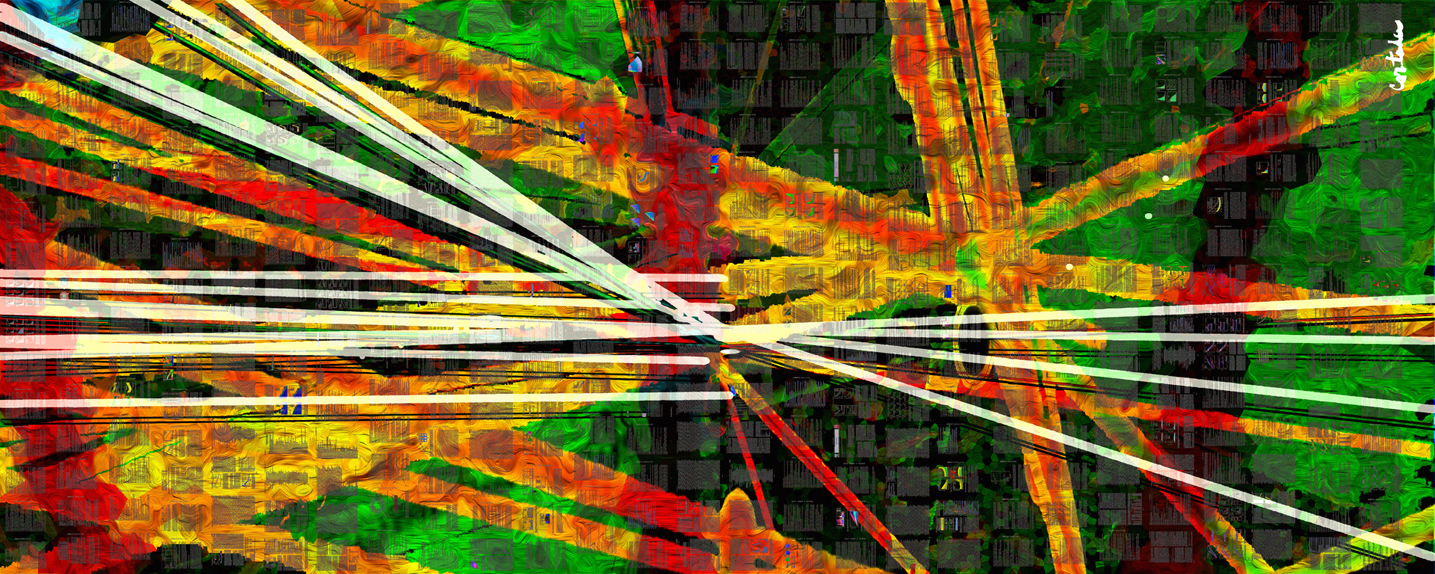
|
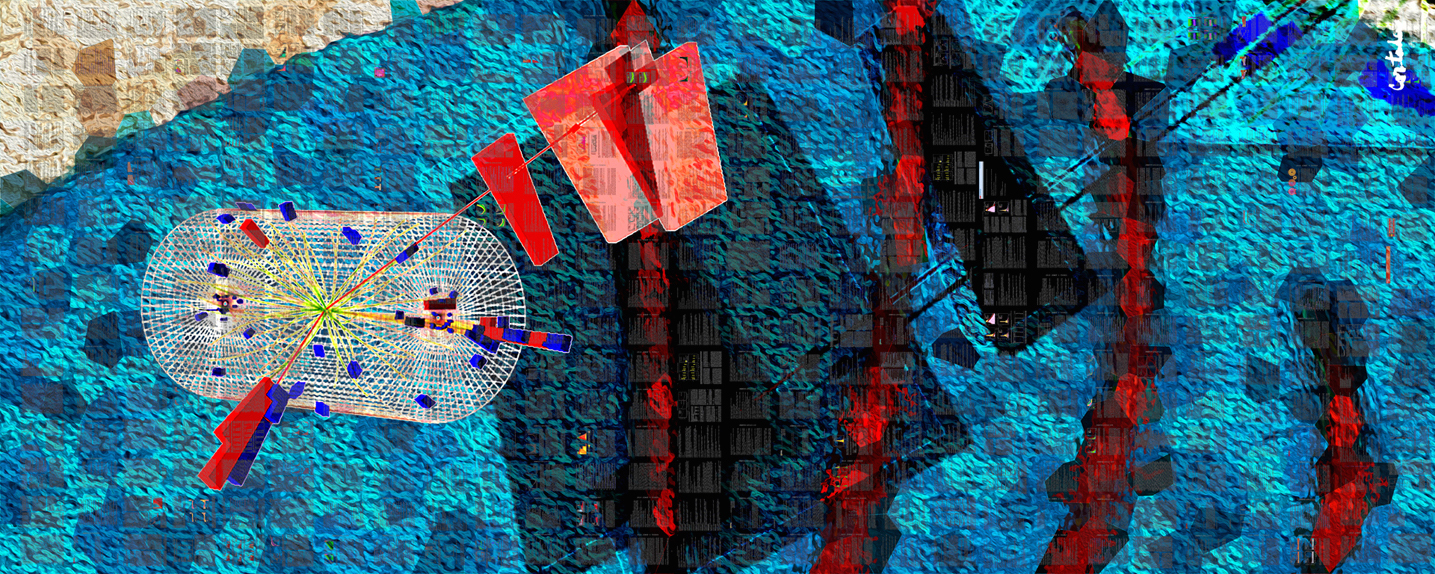
|
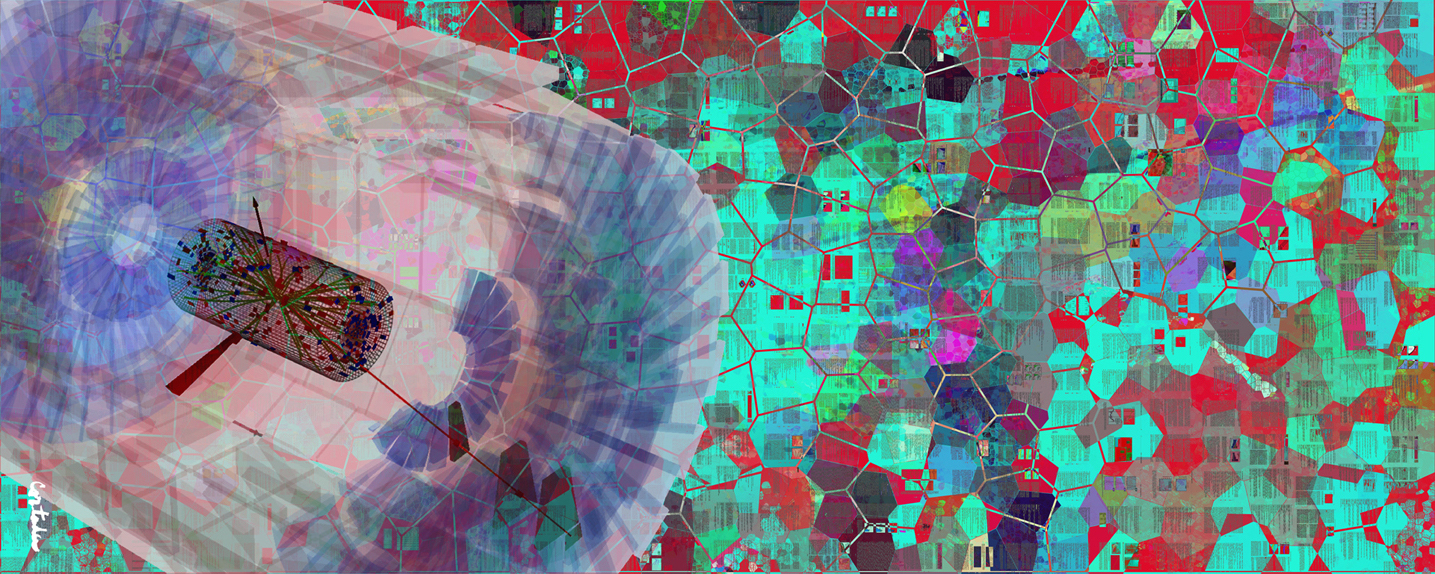
|